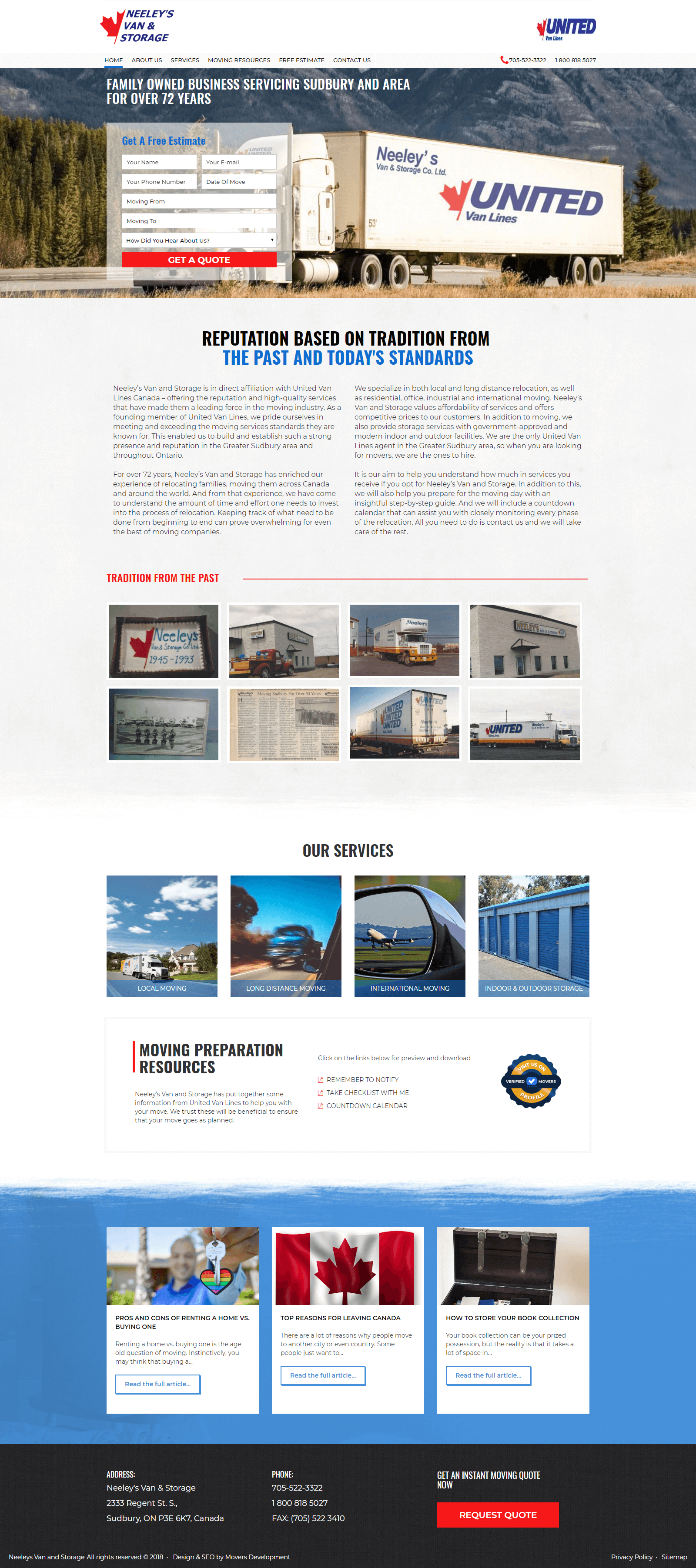If you’re preparing for an interstate move, you probably have a lot of decisions ahead.
This article offers a updated look at how to handle long-distance moving effectively.
Let’s dive into the world of interstate relocation and uncover what it really takes to move to another state.
Why Moving Across States Requires Special Planning
When you cross state lines, your move falls under federal regulations, typically overseen by the FMCSA (Federal Motor copyright Safety Administration).
For example, some states have agricultural checks, item bans, or specific rules on transporting vehicles.
Most importantly, the logistics are more complex: multi-day delivery windows come into play.
Finding the Perfect Cross-State Moving Partner
Selecting the right interstate moving company is crucial for a successful relocation. Start by checking for proper licenses and insurance—legitimate companies must have a USDOT number issued by the Department of Transportation.
Request detailed quotes from at least three companies.
Trust your instincts: if something feels off or too good to be true, it probably is.
Factors That Influence Interstate Moving Costs
Another key factor is the weight or volume of your shipment; heavy or bulky loads increase both transport and handling fees.
If you request professional packing, furniture disassembly, custom crating for delicate items, or temporary storage, these all add to the base price.
Planning ahead and informing your moving company about these conditions helps avoid surprise charges on moving day.

How to Plan and Organize Your Interstate Move
Break tasks into weekly checklists: research movers, declutter your belongings, gather packing materials, and notify schools, banks, and utilities.
Create a detailed list of what you’re moving, noting valuable or fragile items.
Pack important documents, medications, chargers, snacks, and a change of clothes in a separate bag you keep with you.
Understanding Your Moving Options
Partial-service movers let you pack your own boxes while they handle transportation and heavy lifting, reducing costs.
Freight shipping companies also offer options for large shipments that don’t need full moving crews.
Understanding your specific needs ensures you select the best option for a smooth and cost-effective interstate relocation.

Common Mistakes to Avoid in Interstate Moving
Booking early not only secures better pricing but also gives you time to research and prepare properly.
Another common pitfall is failing to check mover credentials.
Using cheap boxes, skipping labels, or failing to protect fragile items increases the risk of breakage.
Budget-Friendly Strategies for Interstate Relocation
Hold a garage sale or list items online to offset some moving expenses.
Next, compare quotes carefully.
Pack non-fragile items, disassemble simple furniture, or transport valuables in your own vehicle.
Wrapping Up Your Interstate Moving Journey
In Quanto custa uma mudança de 200 km? summary, detalhes aqui a pagina com mais detalhes successful interstate move depends on careful planning, smart budgeting, and choosing the right service providers.
Investing time in research, comparing services, and preparing in advance pays off during a long-distance relocation.
Best of luck on your journey to a new home!
Your Interstate Moving Questions Answered
Are there budget-friendly options for moving out of state?
The cheapest options include renting a moving truck, using a freight trailer, or downsizing your load to reduce weight.
When should I hire movers for a long-distance move?
Early booking secures your preferred dates and gives you time to prepare.
Are there things I can’t include in an interstate move?
Properly disposing or transporting restricted items yourself avoids legal and safety issues.
Do I need extra coverage for my interstate move?
Review your coverage options carefully and understand the claims process before moving day.
Can I track my belongings during an interstate move?
Many professional interstate movers offer shipment tracking systems or regular status updates.